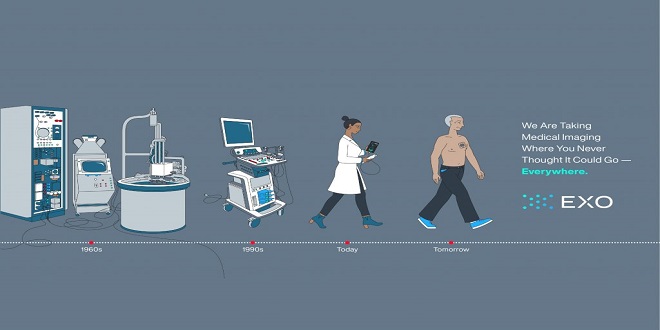An Introduction to Sample Release Reagents and Its Types

In this blog post, we will discuss the different types of sample release reagents and how they work. We will also provide a sample release reagent recipe for sensitive samples.
To reduce the risk of cross-contamination, you should always follow the manufacturer’s instructions when releasing a sensitive sample. However, there are some steps you can take to make the process even easier. One such product is the releasing reagent described in this article. This release reagent helps to break down waste and other contaminants so that they cannot be transferred to the sample.
How to Use a Sample Release Reagent?
When working with sensitive samples, it is important to take measures to protect the data. One method of protection is to use a sample release reagent. This reagent helps to break down the chemical bonds in the sample so that it can be analyzed without damaging the data. There are a few different types of release agents available, and each has its own advantages and disadvantages.
One type of release agent is called an acid-base release agent. This agent uses a base to break down the bonds in the sample, and then an acid is used to free the molecules. This type of release agent is fast, but it also leaves behind some molecules that can damage the data. Another type of release agent is called a diffusion release agent. This agent uses diffusion to break down the bond in the sample, and it is less fast than an acid-base release agent. However, this type of release agent does not leave behind any molecules that can damage the data.
The final type of release agent is a hybrid release agent. This type of release agent combines both acid-base and diffusion Release agents together. This allows for faster breaking down of the bond in the sample, but it also leaves behind fewer harmful molecules.





